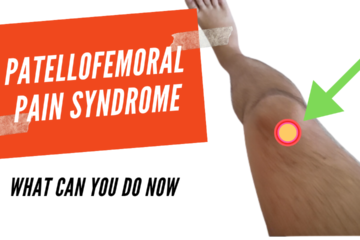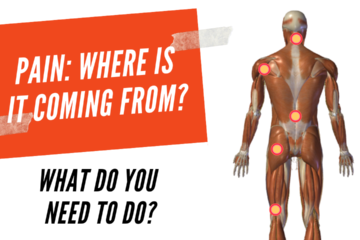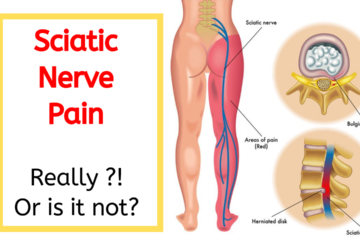Hey there in this video I want to address kneenreplacement pain or pain around the knee after a knee replacement hi welcome back this is Aw Boon Wei your exercise physiologists so if you have already done a knee replacement maybe recently or maybe years ago and you’re still feeling pain around the knee don’t worry because the surgeon probably did a good job as long as you can move around it’s not stuck it’s not giving you any other problem you’re just feeling the knee pain let me explain to you why the pain now if we look at the knee joint there are many structures if you’re talking about the replacement they probably just whether it’s total knee replacement or whether is partial they just do this surgery around the knee the problem is with this is depending on the procedure that you have gone through most of the time you have to be sliced open I don’t think there’s any technology or any surgery out there right now that can replace a knee without cutting you up right so they have to cut you up and when they cut you up and if you’ve looked at how we cut steaks lamb chicken pork we cut through the muscle we cut them into smaller pieces before we put into our mouth right it’s the same thing when comes to surgery they cut you open they got to make sure that it’s open up then they can assess the knee and when this cutting happens the muscle is affected and yes the muscle does heal the muscle tendon the ligament does heal but you can do more to help speed up this healing process and that is why there is no surgery that you can go through without a post-surgery rehab now this is the key when you go through your rehab you cannot be doing very general exercises to strengthen the knee because there are many other muscles being affected depending on how you walk depending on how you function different muscles are going to get affected so the gait come into place G A I T your walking gait comes into place because when you still feel pain you may try to walk a little bit different and different muscles get to work oh there’s actually muscle imbalance the stronger muscles takes over because the weaker ones are still recovering and they have got no strength they will do the work most of the time or what we call compensation because although they are not supposed to do that kind of job they will do it anyway because the other muscle can’t function so the purpose of going through the rehab is basically to slowly activate the muscle because it requires knowledge in terms of getting the muscles to activate and then slowly strengthening for a lot of cases that I’ve seen is because they jump straight to strengthening and it’s a different intensity that person can cope with so it becomes a lot more complicated down the road so it really depends on what situation you’re currently having whether you feel the pain after a few years or whether you immediately after the surgery you still have pain because you would have to be activating the muscle in different intensity that suits you so the person doing the rehab has to know and you slowly build the strength from there now this is where it gets complicated because when you have a tight muscle or a overworked muscle it can cause you the knee pain if you have a weak muscle and you stress on it will also give you the knee pain so this game is about balancing the muscles to make sure that all of them can fire each time you do a very general strengthening work so all then has to start from the bottom and you work all the way up you can’t be working straight away here because the stronger one will do the job so if you have a knee replacement you want to make sure that you get the job done properly and what I can tell you is if you went through the so of course other than a person helping you with the rehab you are the main source or the main factor that can cost you the pain if you are not diligent exercises are given to you but you haven’t been doing because at the point you don’t feel pain and then all of a sudden or months down the road or even years down the road you start to feel pain that is your fault because you haven’t been doing them so who you see and who you are makes a lot of difference so people that I see usually warned them ahead because I set the standard high I want to make sure that they are committed and they want the best out of themselves so when I prescribed the exercise I have to make sure that they are doing it they have to make sure that they are doing it so there may be documentation as well because I want to see also when my patient is doing it they’re actually doing it properly or they can actually show me when it comes to the next visit so really it depends a lot on you because the surgery is usually replacing that part that spare part but the rest of it the after math of the surgery is entirely up to you now so you’ve got to be strenthening it progressing it slowly and you the fastest for rehab I have to give it to athletes because they have to get back to the game and they usually try to be very diligent to make sure that they have no problem with all functional tests before they get back together so this is it for knee replacement pain so now you kind of knoe you need to fix it there is nothing wrong inside the knee it is the muscle so please take care and I’ll speak to you soon by
Categories: knee


